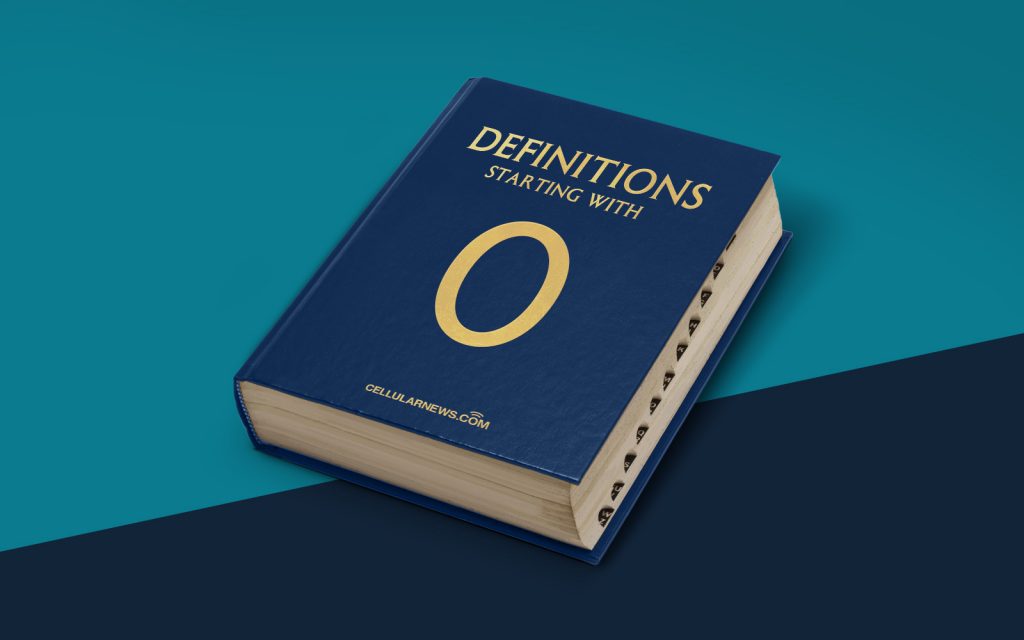
What is Optical Media?
Welcome to our “Definitions” category, where we dive deep into the world of technology-related terms and bring you comprehensive explanations. Today, let’s unravel the mysteries of optical media. What is it? How does it work? And why is it still relevant in our digital age? Read on to find out the answers to these questions and more!
The Basics: Understanding Optical Media
Optical media refers to a type of storage medium that uses lasers and light to read and write data. It is commonly known as CDs (Compact Discs), DVDs (Digital Versatile Discs), and Blu-ray discs. These discs consist of a polycarbonate substrate, a reflective layer, and a protective layer. Here’s a breakdown of how they work:
- Reading Data: When you insert an optical disc into a compatible device, a laser beam is emitted onto the disc’s surface. The laser reflects off the reflective layer, creating patterns of highs and lows. These patterns represent the encoded data, which is then converted into binary information that your device can understand.
- Writing Data: To write data onto an optical disc, a laser alters the reflective layer by burning small pits onto it. The absence or presence of these pits determines the binary code representing the data. Once written, the disc becomes a permanent storage medium, incapable of further modification.
Key Takeaways:
- Optical media is a storage medium that uses lasers and light to read and write data.
- Common types of optical media include CDs, DVDs, and Blu-ray discs.
The Advantages of Optical Media
In an era dominated by cloud storage and streaming services, you might wonder why optical media still matters. Well, here are a few key reasons:
- Permanent Storage: Unlike digital files that can be easily deleted or corrupted, data stored on optical media is more permanent. This makes it an ideal solution for long-term archival purposes.
- Portability: Optical discs are compact and lightweight, making them conveniently portable. Whether you’re traveling or sharing files with others, optical media provides an easy-to-use solution.
- Data Security: Optical media offers a physical barrier that makes unauthorized access more difficult compared to online storage methods. This can be particularly beneficial for sensitive data that requires extra protection.
- Compatibility: Optical discs can be read by a wide range of devices, including computers, DVD players, and game consoles. This universal compatibility ensures the accessibility of your data across different platforms.
While optical media may not be as popular as it once was, it continues to play a vital role in various industries, such as music, movies, and data backup. Its unique advantages make it a reliable choice for those seeking long-term storage solutions.
Conclusion
Now that you have a better understanding of what optical media is and why it is still relevant, you can see that this technology is more than just a relic from the past. Its permanence, portability, and compatibility make it a valuable tool for data storage and sharing. So, the next time you see those shiny discs in your collection, remember the incredible technology they embody!
